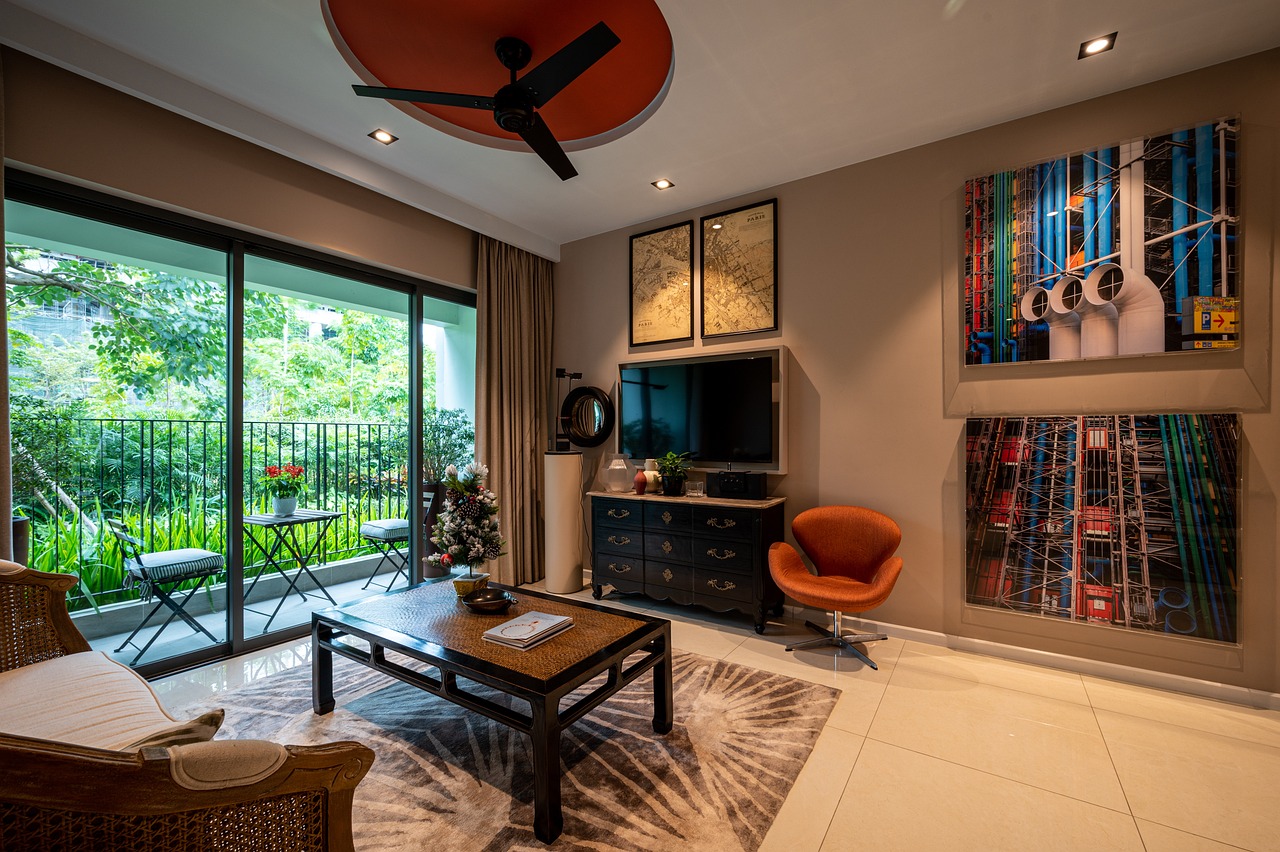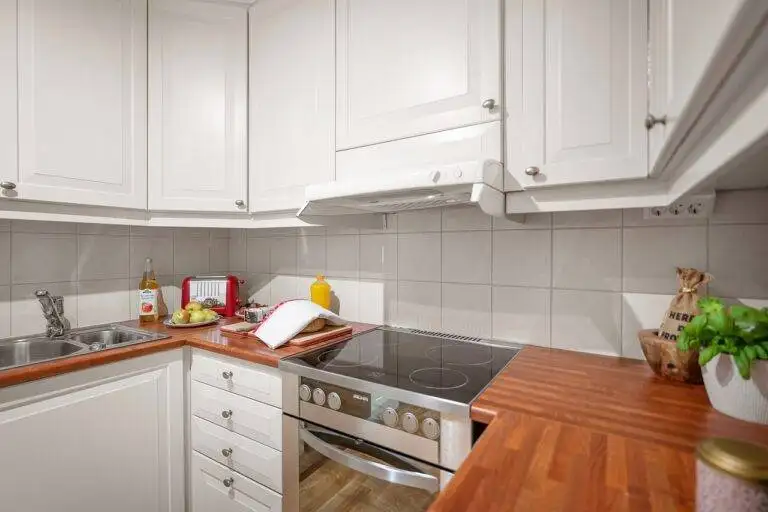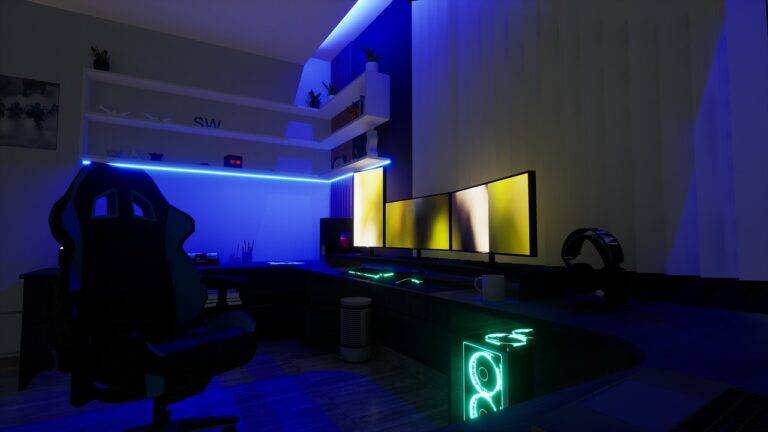Optimizing Home Theater Layout for Sound Quality: World7, Mahadev book login, Silverexch
world7, mahadev book login, silverexch: Optimizing Home Theater Layout for Sound Quality
Are you a movie buff or a music enthusiast looking to create the perfect home theater experience? Sound quality plays a significant role in creating an immersive and enjoyable entertainment space. Optimizing your home theater layout for sound quality can make a world of difference in your overall viewing and listening experience. From speaker placement to room acoustics, there are several factors to consider when setting up your home theater for optimal sound quality.
In this blog post, we will discuss some essential tips and tricks to help you optimize your home theater layout for the best sound quality possible. By following these guidelines, you can create a cinematic experience right in the comfort of your own home.
1. Room Acoustics Matter
The acoustics of your home theater room can greatly impact the sound quality of your audio system. Hard surfaces like bare walls and floors can cause sound reflections and distortions, leading to a less-than-ideal listening experience. To optimize your room acoustics, consider adding sound-absorbing materials like carpets, curtains, and acoustic panels to reduce echoes and improve sound clarity.
2. Speaker Placement is Key
The placement of your speakers plays a crucial role in the overall sound quality of your home theater system. Ideally, your front speakers should be positioned at ear level and equidistant from the main viewing area. Rear speakers should be placed behind the seating area for surround sound effects. Experiment with speaker placement to find the optimal position for the best sound quality.
3. Subwoofer Placement for Balanced Bass
The subwoofer is responsible for producing low-frequency sounds and adding depth to your audio system. Proper placement of the subwoofer is essential for balanced bass response. Experiment with different locations in the room to find the sweet spot where the subwoofer delivers optimal bass without overpowering other frequencies.
4. Calibrate Your Audio System
Most home theater systems come with built-in calibration tools that help optimize sound settings based on the acoustics of your room. Take advantage of these tools to ensure that your audio system is properly calibrated for the best sound quality. Adjust settings like speaker levels, crossover frequencies, and equalizer settings to achieve optimal sound performance.
5. Consider Room Layout and Furniture Placement
The layout of your home theater room and the placement of furniture can also impact sound quality. Avoid placing furniture directly in front of speakers or in areas where sound reflections may occur. Opt for a symmetrical room layout to help create a balanced sound environment for your home theater system.
6. Invest in Quality Audio Components
Investing in high-quality audio components like speakers, amplifiers, and receivers can significantly improve the sound quality of your home theater system. Choose reputable brands known for their superior sound performance and durability. While it may require a higher upfront investment, quality audio components can enhance your overall listening experience for years to come.
7. Eliminate Sound Distractions
Minimize sound distractions in your home theater room to create a conducive environment for optimal sound quality. Turn off noisy appliances like fans or air conditioners during movie nights to reduce background noise. Consider adding soundproofing materials to walls or doors to block out external noises and enhance the immersive experience of your home theater.
8. Regular Maintenance and Upkeep
Regular maintenance and upkeep of your home theater system are essential for ensuring long-lasting sound quality. Clean speakers and components regularly to prevent dust build-up that can affect sound performance. Check cables and connections for any signs of wear or damage and replace them as needed to maintain optimal sound quality.
Conclusion
Optimizing your home theater layout for sound quality can take your entertainment experience to the next level. By following these tips and tricks, you can create a cinematic audio experience right in the comfort of your own home. From room acoustics to speaker placement, each element plays a crucial role in achieving the best sound quality possible for your home theater system.
FAQs
Q: Can I use wireless speakers for my home theater system?
A: While wireless speakers offer convenience and flexibility, wired speakers typically provide better sound quality and reliability for home theater setups. Consider your priorities when choosing between wireless and wired speakers for your home theater system.
Q: How can I improve dialogue clarity in my home theater system?
A: Dialogue clarity is essential for a great movie-watching experience. To improve dialogue clarity, consider adjusting the center channel speaker’s volume or position to enhance vocal clarity and ensure that dialogue is easily audible over background music and sound effects.
Q: Do I need a separate amplifier for my home theater system?
A: Some home theater systems come with built-in amplifiers, while others may require a separate amplifier for optimal sound performance. Consider your audio system’s power needs and compatibility with amplifiers to determine whether a separate amplifier is necessary for your setup.







